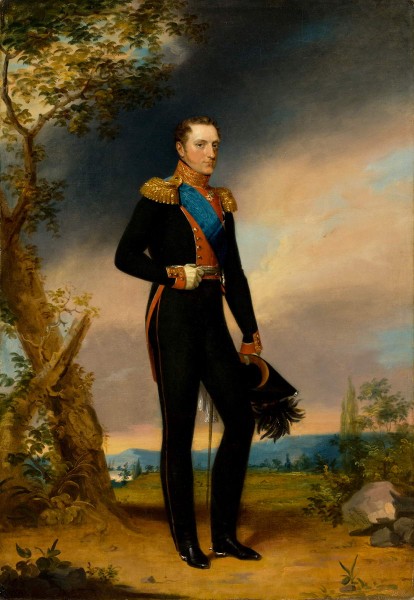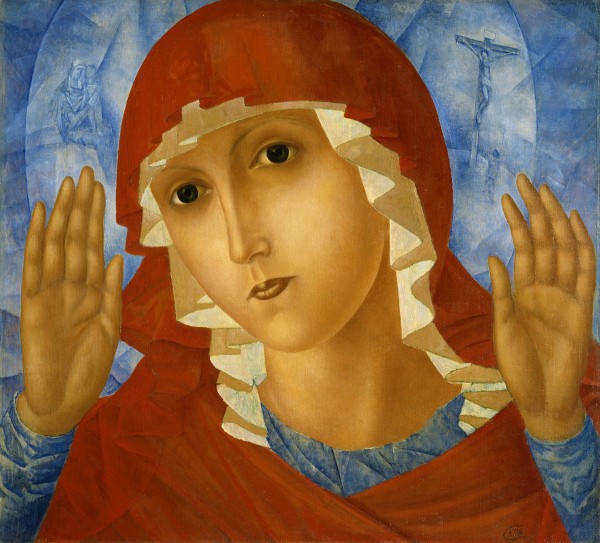The artist is a preschool educational institution

Nicholas I (1796-1855)-the third son of Emperor Paul I and Empress Maria Fedorovna, nee Princess Württemberg. Entered the throne in 1825. The board of Nicholas I was characterized by the centralization of state power and the regulation of all areas of activity. In 1826, the third branch of its own e was created. And. AT. Chancellery, designed to monitor the political well -being of subjects, and in 1827 – a censorship charter was published, called contemporaries "cast -iron". The basis of domestic policy was the principle of "autocracy, Orthodoxy, nationality". The inviolability of the autocracy was the basis of foreign policy. The Polish uprising (1830-1831) and revolutionary unrest in Europe of the early 1830s contributed to the revival of the Holy Union of Russia, Austria and Prussia. In 1833, an agreement on mutual support in the event of a political crisis was reached between these countries. The role of the patron saint of Christian peoples under the rule of Muslims, adopted by the emperor, determined the eastern direction of foreign policy. Russian-Turkish war (1828-1829) contributed to the acquisition of the independence of Greece (1830). The last years of the reign of Nicholas I were overshadowed by military failures in the Crimean War (1853-1856). The identity and activity of the emperor caused conflicting assessments of contemporaries – from enthusiastic veneration (“knight of autocracy”) to categorical rejection (“gendarme of Europe”).
Having received a good engineering education in his youth, Nicholas I showed fair knowledge in the field of construction equipment. So, he made successful offers regarding the dome of the Trinity Cathedral in St. Petersburg. In the future, already occupying the highest position in the state, he carefully monitored the order in urban planning and not a single significant project was approved without his signature. He established a regulation of the height of buildings in the capital, prohibiting the construction of civil structures higher than the cornice of the Winter Palace. Knowing the requirements for the choice of a suitable place for the construction of a new astronomical observatory, Nikolai personally indicated a place for her at the top of the Pulkovo Mountain. The first railways of the All -Russian scale appeared in Russia, including the Nikolaev railway. Nicholas I, having studied in detail the technical data of the railways alleged for the construction, demanded a bruise of the Russian track compared to the European (1524 mm versus 1435 in Europe), thereby excluding the possibility of delivering the armed forces of the potential enemy deep into Russia.
Depicted in the uniform of the Life Guards of the Preobrazhensky Regiment with the orders of St. Andrew the First -Called (tape and star), St. Vladimir (tape under the uniform and star) and sword in the buttonhole (Swedish).
Portrait Gallery of the Russian Museum. Persons of Russia. SPb. 2012. With. twenty.
